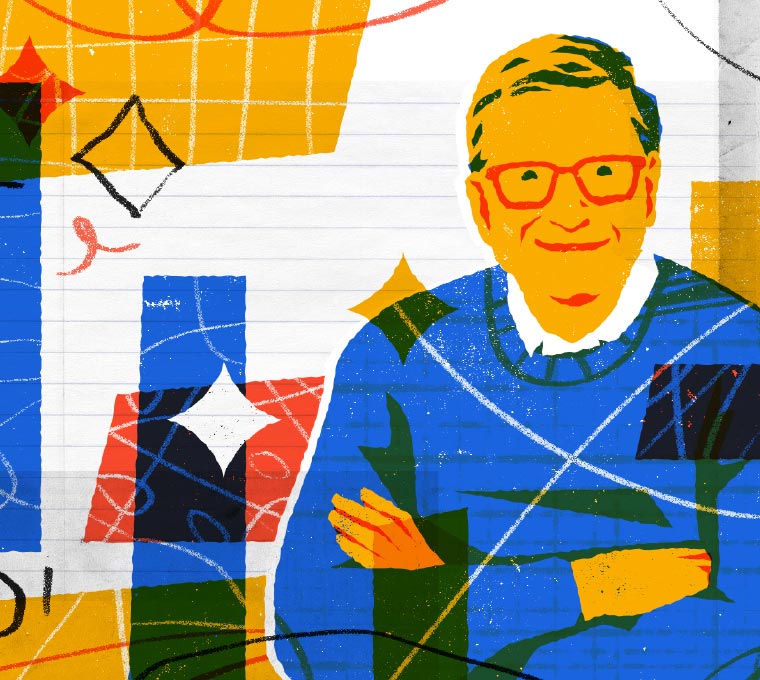Computing has come a long way since my friend Paul Allen and I started Microsoft 50 years ago. I’m proud of the role our company played in the PC revolution. This is a look at that history through my eyes.
Paul Allen saw the January 1975 edition of Popular Electronics one afternoon at ‘Out of Town News’—a newspaper kiosk in the center of Harvard Square. The cover touted the “World’s First Microcomputer Kit.”
Paul knew what those words really meant: The first true personal computer had arrived. He immediately ran to find me and said, “It’s happening without us!” I knew we had no time to waste.
Paul wrote a short letter to Micro Instrumentation and Telemetry Systems (MITS), claiming that we had a version of BASIC for the Intel 8080 chip that the Altair 8800 ran on.
Weeks went by without a response. Eventually, we followed up on our letter with a call. Ed Roberts, the president of MITS, answered. He said the first group who could produce a working version would get the deal. We were determined it would be us.

